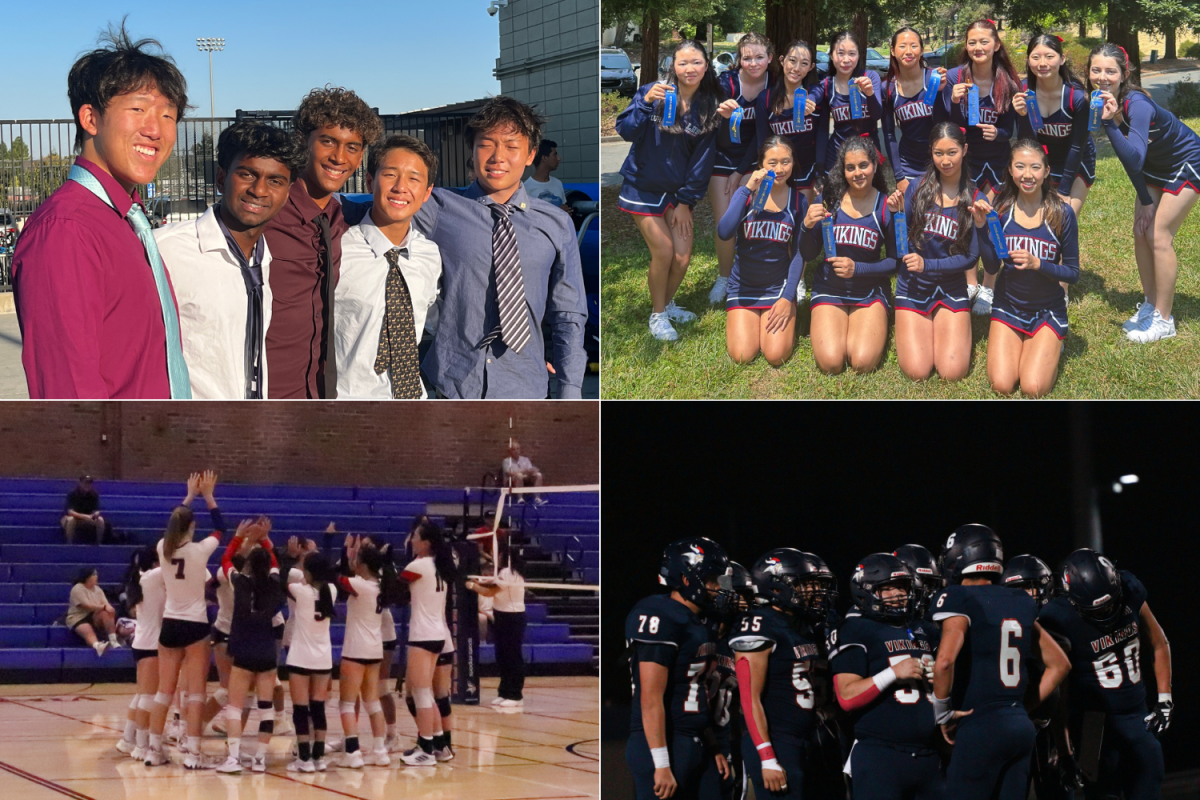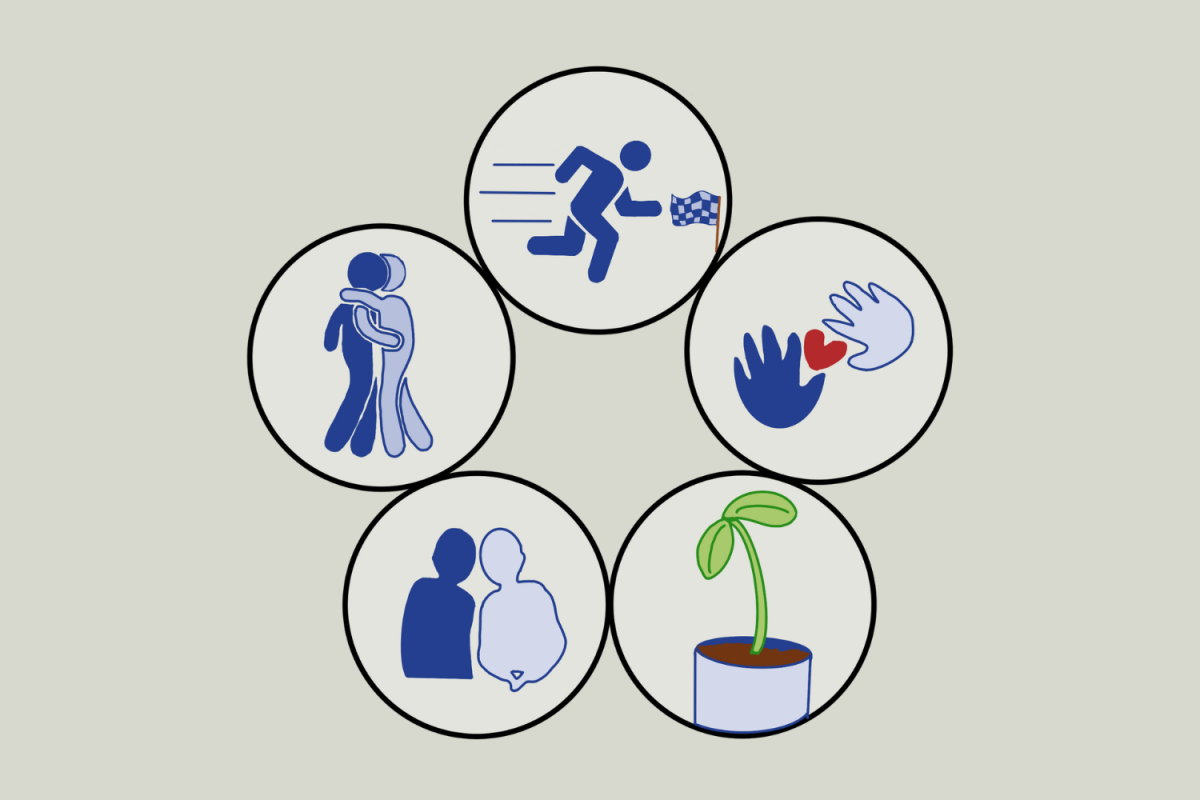Picture an American history class full of eager students learning about the 13 original colonies of the United States. The teacher tasks them with color coding the different regions on a map using a set of colorful Crayola markers. Most students have no problem picking out the colors they need and quickly getting started on the project. But for other students, the process is not as simple. Instead, the dark blue and purple markers look almost identical to each other, while several others such as pink, red and orange all seem to be very similar. Challenges such as these that students with color blindness face on a daily basis can sometimes be overlooked in academic settings. To promote inclusivity and awareness for colorblind students, it is important that students communicate with their teachers about any circumstances that may affect their ability to learn.
Color blindness is a genetic condition typically inherited from the X chromosome that causes a decreased or lack of ability to perceive or differentiate colors due to abnormalities in the retina or the optic nerve. According to Clinton Eye Associates, there are about 300 million people in the world who are colorblind, with males making up 95% of the colorblind population. The same source also states that one in 12 men and one in 200 women suffer from this condition. Furthermore, color blindness defines a wide spectrum of conditions and is different for everyone depending on the type or degree of color blindness they have. A common form of color blindness is Protanopia: an insensitivity to red light that makes it easy to confuse colors such as red and green. Tritanopia, on the other hand, makes it difficult to perceive blue and also makes colors in general appear less vibrant. Only the 1 in 30,000 individuals worldwide with Achromatopsia, a condition often referred to as complete color blindness, see purely black and white.
“My brother and I both have Deuteranopia, which is mainly a red-green color blindness with a little bit of blue-purple,” junior Sebastian Cave said. “When shown the colors red and green, I can tell that they are different but not which one is which. As for purple and dark blue, they sometimes look exactly the same to me.”
Although color blindness is an invisible condition, the struggles that come with it can be very prevalent in daily life. In the classroom, this condition often sets up challenges when it comes to assignments involving color, such as art projects and color-coded charts and graphs. Lynbrook clubs such as Indesign and Virtuosity also participate in projects related to color with clothing and art design. Outside of school, colorblind students face other obstacles while coordinating colors in outfits and putting on makeup. When driving, it can sometimes be difficult to differentiate between traffic light colors or interpreting street lights. Photo editing would also be confusing for colorblind students, who would have trouble telling the level of hues in the picture.
“Last year in June, the extra credit problem on my chemistry final required me to tell the colors of different test tubes,” Cave said. “I struggled to find the difference between the colors, so my chemistry teacher, Mrs. Leung, told me the colors of the test tubes.”
Despite these inconveniences, students with learning impairments should not be discouraged from pursuing certain subjects. For example, colorblind students should not have to avoid taking classes involving art or design just because of this limitation. Instead, they shouldn’t be afraid to expand their horizons and focus on forms of art that they are capable of doing.
“I would highly encourage students to not shy away from taking art,” art teacher Judy Schulze said. “There are so many different forms of art that anyone could do regardless of their vision. In fact, our whole first semester in Art 1 only uses black, white and grayscale values.”
To help colorblind students with the daily struggles they face in the classroom, teachers have made individual accommodations for those students in need. There is no single policy implemented to help everyone, but rather case-by-case, personalized scenarios for each student. This would help ensure students are receiving necessary help customized especially for them. Teachers have also actively communicated with these students first about learning issues they could possibly face.
“In my Art 1 class, we learn about how some people can see color differently than others and use photos that show what colorblind people would see to help build awareness,” Schulze said. “If there are any students in my class who are colorblind, I always make sure to check in on them so they get help if they need any.”
Students should be willing to voice any concerns they may have about their ability to learn properly because teachers will most often be there to aid them. This extends to other learning impairments outside of color blindness, such as ADHD or dyslexia. Students who have invisible conditions like these should not be afraid to bring up any problems they could be facing to their teachers so that they can be provided the support they need.
“There are kids who have color blindness and tell me about it, but I am afraid that there are some kids who have it but do not speak up about it until we reach out to them first,” science teacher Connie Leung said.
Lynbrook currently has sufficient measures set in place to help students with learning impairments, and the staff is ready to personally accommodate students with conditions such as color blindness. Because of this, students should be encouraged to be more vocal about any learning impairments that they may have to get help if necessary.




































































